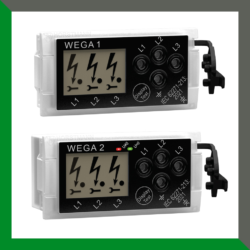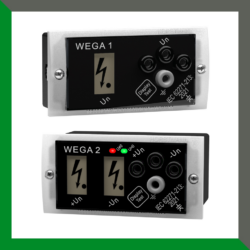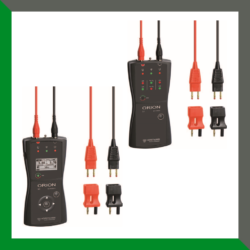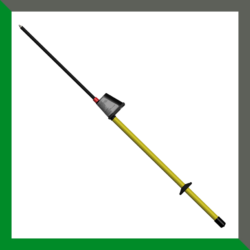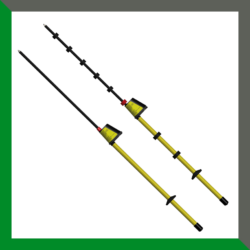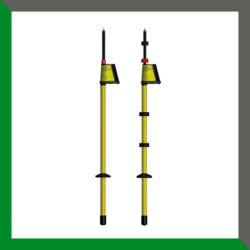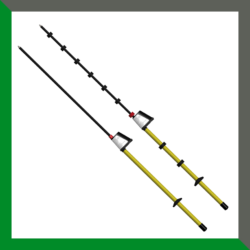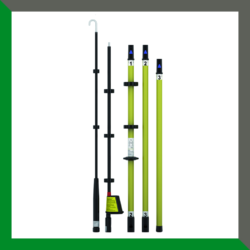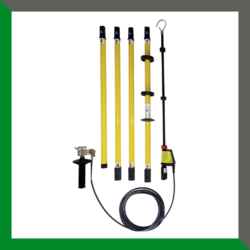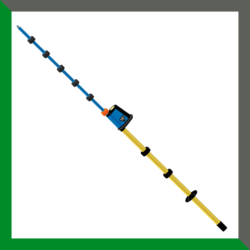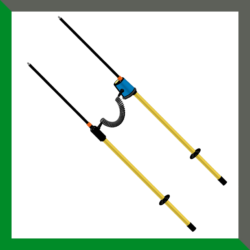The Wega 1 and Wega 2 series are three-phase voltage detection systems, which indicate several states of the operating voltage, and which, having an LRM front interface, are fully compatible with the IEC 62271-213:2021 standard. The fully encapsulated electronics of these systems increase their operational reliability and, due to their extended operating temperature range from -40°C to +75°C, they are suitable for a wider variety of applications. Thanks to the new design of the Wega 1 and Wega 2 series, with tool-free assembly and disassembly possibilities, considerable time is saved.
For increased flexibility, Wega 1 V and Wega 2 V allow capacity adjustment in a wide range of values.
Wega 2 and Wega 2 V allow remote monitoring of the voltage status through the auxiliary contacts they are equipped with.

